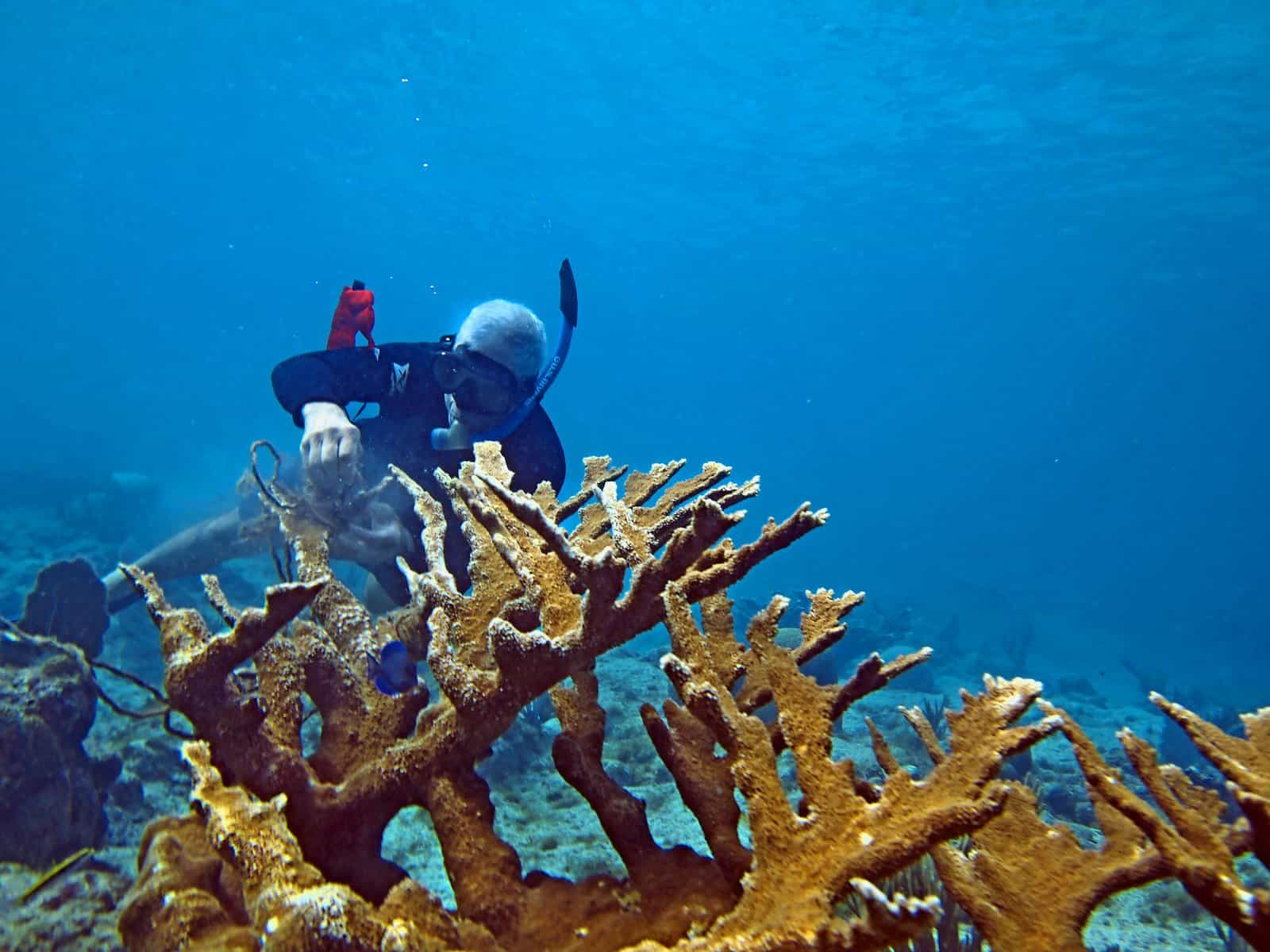Members of the Raising Coral team, a Costa Rican NGO dedicated to restoring corals on both coasts of the country, witnessed the remarkable spawning of the elkhorn coral population in the Gandoca-Manzanillo Wildlife Refuge.
For the first time, this event was recorded in Costa Rica for this endangered species, offering vital insights for the nation’s conservation efforts.
As oceans warm and acidify, coral reefs face increasing stress. Massive bleaching events can decimate entire reefs within weeks, prompting concerns that coral reefs might not endure warmer climates. Yet, many contend that corals are more resilient than perceived and simply need assistance to adapt.
Raising Coral’s Work
Raising Coral Costa Rica, a non-profit organization, has been committed to restoring and conserving Costa Rica’s coral reefs since 2016. The NGO embraces a holistic approach, blending the latest scientific discoveries with local community partnerships.
The NGO began its work in Golfo Dulce, gaining the trust and support of local residents. As a result, a team of local “coral gardeners” was formed to maintain the coral nurseries. Recently, a second operational base was set up near the Cahuita National Park in the Caribbean.
They gather fragments of wild corals and cultivate them in nurseries using advanced scientific methods that have transformed coral restoration in recent years. This method fosters the growth of younger corals, revitalizing previously degraded areas and offering reserve colonies if wild corals vanish.
A Wonderful Discovery
This year has been marked by a pronounced El Niño phase, causing Costa Rica’s Ocean temperatures to soar, thereby amplifying coral bleaching risks. Due to El Niño’s impacts, the team hastened their fragmentation activities in August. However, they soon stumbled upon a significant discovery.
Joanie Kleypas, Director of Raising Coral, shared, “The team noticed that certain specimens of the critically endangered Acropora palmata species contained mature eggs. Consequently, fragmentation was halted to minimize coral stress, and a nightly ‘spawning watch’ was initiated.”
Coral spawning, a unique event, involves simultaneous release of eggs and sperm by corals, creating an “underwater snowfall”.
Volunteers from SINAC (National System of Conservation Areas) and the NGO Coral Conservation CR collaborated with Raising Coral, visiting the reef nightly to monitor the spawning.
This is the first documentation of the Acropora palmata coral, or elkhorn coral, spawning in Costa Rica, an invaluable discovery for global scientific endeavors. With the IUCN listing this coral as critically endangered, understanding and preserving it is paramount.
Remarkably, this event transpired during an El Niño year. While stress can trigger coral spawning, these corals exhibited health and no signs of bleaching. This suggests potential resilience of elkhorn corals in the region, capable of spawning even in warmer climates.
The life cycle of coral initiates when eggs and sperm combine during spawning. This leads to the formation of a coral larva that drifts with ocean currents for days or weeks before settling on the ocean floor, conditions permitting. This spawning might signal the onset of many new colonies.
Highlighting both alarming reports of Caribbean coral bleaching and this positive spawning event, Kleypas remarks, “these instances underscore both the vulnerability and resilience of corals. We aspire for these observations to inspire continued research from both Costa Rican and global scholars.”






